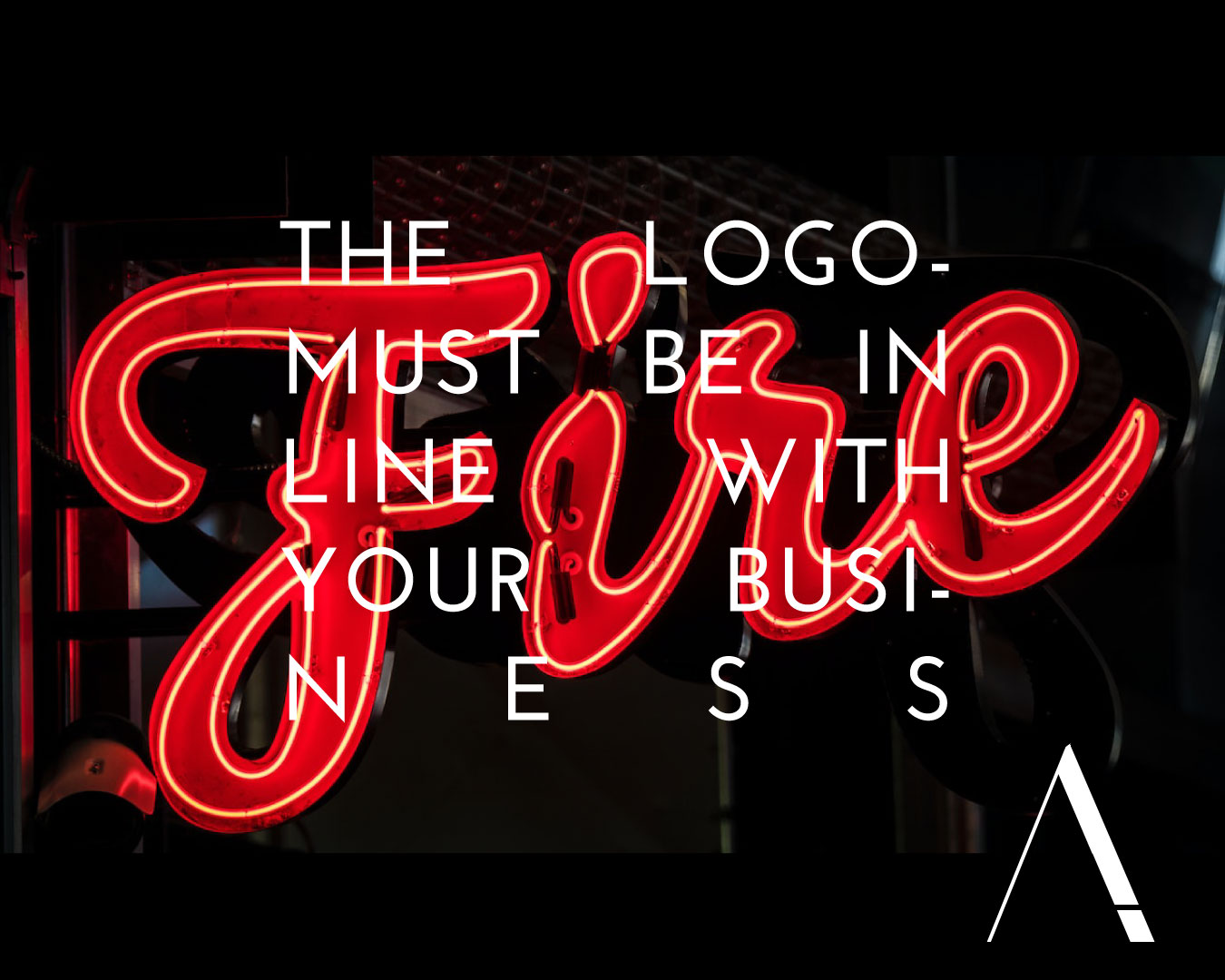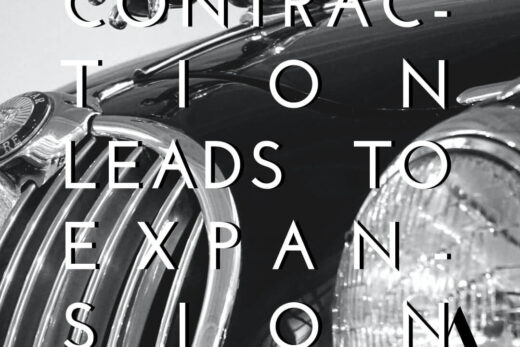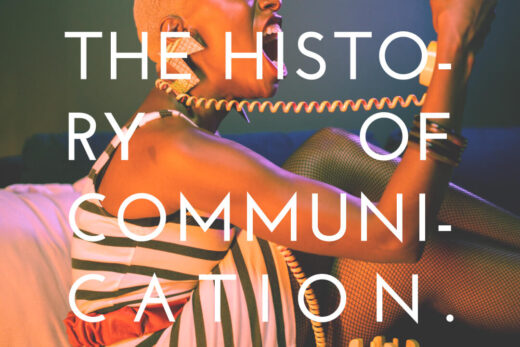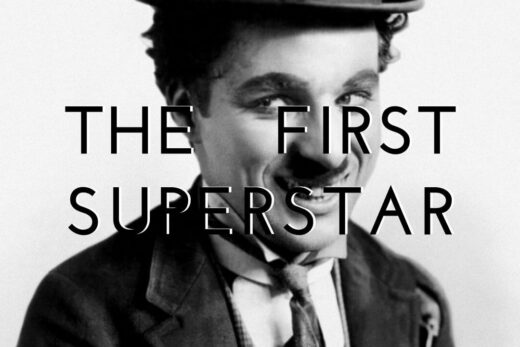Although corporate design is “only” a part of the corporate identity it is the most visible part and therefore most companies need one.
The 2 types of Logos
The logo is the condensed form of a company’s corporate identity. The characters and the colours must reflect what you stand for. It should be suitable for your offer and/or your company name. If you own a gardening business or your brand name is “fire” you will most probably not go for navy blue.

That is one reason why it takes so much time to develop it. After all your entire corporate design has to match it. A logo is definitely worth an investment.
Basically, there are two kinds of logos.
- Just the company’s name designed in a specific character set and colour
- A symbol (as for example the two Cs of the House of Chanel or the “hook” we find on all Nike items
Typically, the companies that use a symbol combine it with option 1.
Yahoo for example does not have a symbol but a very specific character set and colour. Nike on the other hand uses the famous “hook” and specific characters for the name. Which option you choose depends on your business and on your preference. If your name contains 24 letters and you want to stich it on every t-shirt you sell, you might want to go the “Nike-way”.
3 Aspects A Good Logo Must Cover
In the end, all you receive from your graphic designer is a set of files and a heavy bill. But I can tell you that the development of a logo – with or without a symbol – in most of the cases takes weeks of hard work and many meetings and iterations.
1. Your logo must tell your story
The visitor of your website or the recipient of your letter must somehow be able to see your business in your logo. There is a reason why a lot of banks and consultancies use navy blue; it transmits reliability and serosity.
2. Your Logo must be Unique
Often, we are inspired by the logo of a brand we like. On the other hand, a logo must be unique and easily recognisable
3. Your Logo must be Versatile
This is the hardest part of it. The entire corporate design must be versatile and still very much you. Maybe you have printed matter, a website and different products. Your logo must work for all of it; even if you add new services or articles to your offer.
Once you have finalised your logo you can start forging letter heads, business cards, websites and all the rest of it.
Who does not need a logo
If you are a famous scientist or a celebrity, you might not need a logo. Marie Curie, Amelia Earhart or Stephen Hawkings were each brands in their own right; without a logo.

Inspiration
Maybe you want to think about your logo before hiring a graphic designer.
You can make a mood board on Pinterest and collect logos and colours that appeal to you. Most probably, you will see a pattern in your collection very soon.
Another excellent source of inspiration is this book. It also takes care of how to make your logo versatile.
This book is an excellent source of inspiration.




